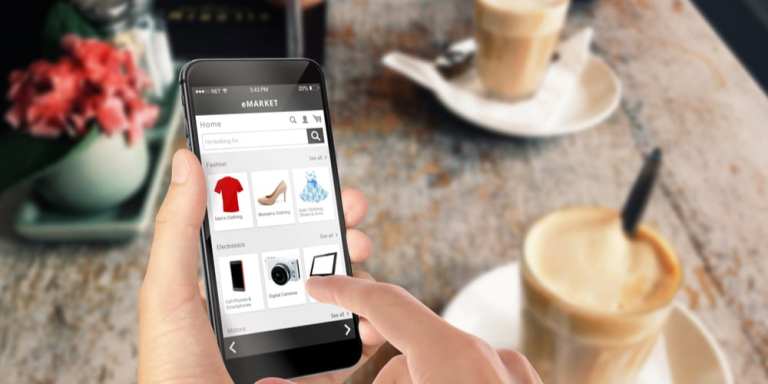
Buy now, pay later (BNPL) providers are currently enjoying heightened interest from businesses, consumers and merchant partners, leading to market growth and new funding for many industry startups. Some have become so popular that they even have fan pages on social media platforms. For example, the approximate 35,000 members of Facebook group Afterpay Obsession discuss BNPL purchases’ benefits. BNPL solution provider Afterpay and its competitors are becoming more popular for numerous reasons, as many related services do not charge interest, and can be used for both online and offline purchases.
However, there is one shopping channel in which BNPL may be able to help retailers and additional providers generate much more revenue: mobile. Boosting shopping via smartphone has been a challenge for retailers, even as consumers spend many hours each day using their phones to interact with banks, brands, news platforms and social media outlets. eTailers and their payment partners have been working to encourage mobile shopping, but they must make it over the most important hurdle: The vast majority of consumers abandon their carts before paying. Global retailers’ average mobile cart abandonment rate is approximately 86 percent, according to some studies.
BNPL solutions could hold the key to solving the conversion issue, especially in markets like Australia and New Zealand, where mobile-first consumers have already embraced them. For instance, Afterpay already saw 80 percent of all users shop with their smartphones during the 2019 holiday season. The advantages these providers offer could help retailers tap into the mobile market, and ensure that they stay relevant for years to come.
BNPL Could Solve Mobile Shopping Hardships
Creating mobile-friendly websites is no longer enough to entice customers, as mobile users may reject checkout experiences that would suffice when using their laptops or other devices. Global mobile conversion averages less than 2 percent, and consumers largely view mobile checkout processes as frustrating and time-consuming. Thirty-seven percent of the channel’s cart abandonments occur because customers are required to type in their addresses, billing information and payment details through their small smartphone screens.
These figures clearly show that decreasing checkout time is critical to enhancing retailers’ mobile shopping volumes, and BNPL solutions and similar services can help. These tools eliminate the need for users to share sensitive payment information, cited by 31 percent of consumers as their largest mobile shopping concern, according to one study. The benefits these solutions typically offer users, such as lack of interest, could also entice mobile consumers, who tend to be younger and have less disposable income.
BNPL services are generally designed for ease of use and transparency, two factors of great interest to millennial and Gen Z shoppers. Seventy-three percent of the former stated that they shop via smartphone, making them the prime generation to target. Cart abandonment and conversion hurdles remain, however, and BNPL services are trying to tackle these problems in several ways.
Some providers are ensuring that their solutions are prominently displayed on retailers’ sites. Retailer Clarks is banking on installment payments’ popularity to enable greater mobile conversion in certain markets, placing its BNPL partner Afterpay front and center on its home page for both online and mobile visitors in Australia. The retailer also promotes the method on each product page, which familiarizes consumers with the solution before they checkout.
This can alleviate some common mobile shopping frustrations, including lengthy checkout processes. Retailers need to do more than simply add flexible spending solutions to overcome mobile shopping issues, though, especially as BNPL providers have their own mobile kinks to work out.
The First-Purchase Problem
BNPL providers are working with retailers to reduce the amount of information mobile customers must type on small screens, and autofill technology is one potential solution. BNPL firms embed autofill tools in their products before they are grafted onto retailers’ sites, which allows the latter to automatically populate payment and consumer information fields. These solutions offer immediate benefits to BNPL mobile customers, as they allow consumers to add items to their carts and pay without filling out their addresses and billing information each time.
Autofill does not instantly solve the problem, though. Consumers will still need to fill in their personal details to complete their first purchases with merchants. BNPL payment providers must, therefore, smooth first-purchase experiences to entice mobile customers to buy from their partner retailers.